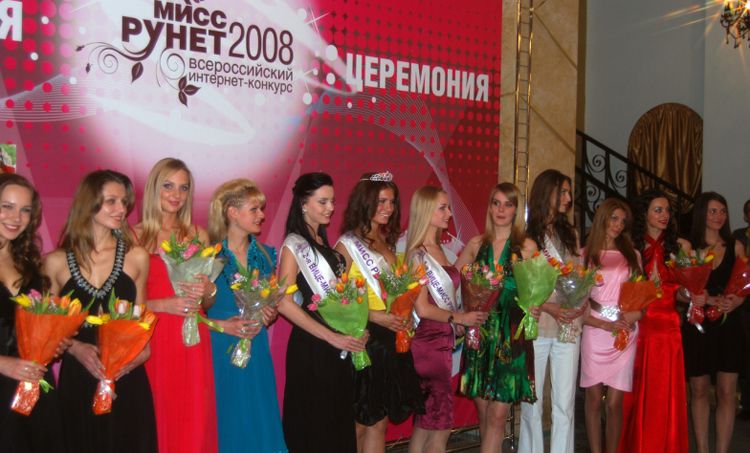
1 billion 20 million 610 thousand inhabitants of the Earth are today users of the global Internet. 30 years have passed since the creation of the first local computer network. It took the radio 38 to reach an audience of 50 million people.
In 1961, a student at the Massachusetts Institute of Technology Kleinrock developed the technology of batch digital communication: splitting files into parts and sending them to the recipient.
In 1969, two computers located in different cities of the United States began to successfully exchange data.
The first local computer network – the intranet – was created in 1976. The number of its users grew rapidly, and in 1981 it was necessary to adopt rules for composing email addresses based on the use of the concept of “domain” (from the Latin dominium – possession).
Each computer or other device connected to the Internet has a unique IP address – a sequence of four numbers separated by dots. Numerical addressing is convenient for computers, and a domain name system has been created for people to memorize and use them.
Now every name in the network has a rigid construction system – domain names separated by a dot. The rightmost one is the first-level domain, then the second-level domain, and so on.
The creation of new first-level domains is strictly regulated and is under the authority of the non-profit ICANN corporation, which reports to the US Department of Commerce. The corporation is responsible for address distribution, but not for content or availability of resources. Among these addresses are common domains COM, NET, ORG and others, as well as national two-letter domains RU, UK, FR, KZ, etc.
234 national domains are now registered. In 1991, all the republics that were part of the USSR received them. The Russian domain RU was registered in 1994, after the signing by the Russian Internet providers of the agreement “On the procedure for administering the RU zone”.
Domain shows steady growth: over 40% per year. This is due to the liberal rules of domain name registration, the general growth of the Russian economy, as well as the successful cooperation of all parties interested in the development of the RU zone.
So, at the end of 2006, 718,236 sites (second-level domains) were registered in RuNet, as the Russian Internet zone is sometimes called. It is expected that the millionth milestone will be passed this fall.
Representatives of 128 countries are among residents and non-residents registered in the RU zone. Foreigners own about 4% of the total number of Russian domains. In the first place are the citizens and organizations of Germany, then the USA and Ukraine.
The average age of domain names registering in RuNet is 26 years.
Domains themselves are not property. Registration only provides for the right to use a domain name for a certain time – for example, one year. But the domain name is intellectual property.
In Russia, rights to domain names are regulated by part 4 of the Civil Code. By registering a domain name, it can be successfully used or sold. The average price of such transactions in Russia is $ 300, and their number is growing.
Today, not having a website with a convenient, well-remembered name is a bad form for any company that is a little bit self-respecting. The possibilities of electronic communication between citizens and government organizations are expanding, newspapers and magazines quickly come to readers through computer screens, and individual correspondence is growing at a crazy pace. With the help of the Internet, one can study, heal, marry, shop, visit the best museums of the world, watch premieres of films and performances. And in this global network there are no borders.
So, maybe it’s time for everyone to register on the common domain “Earth”?



